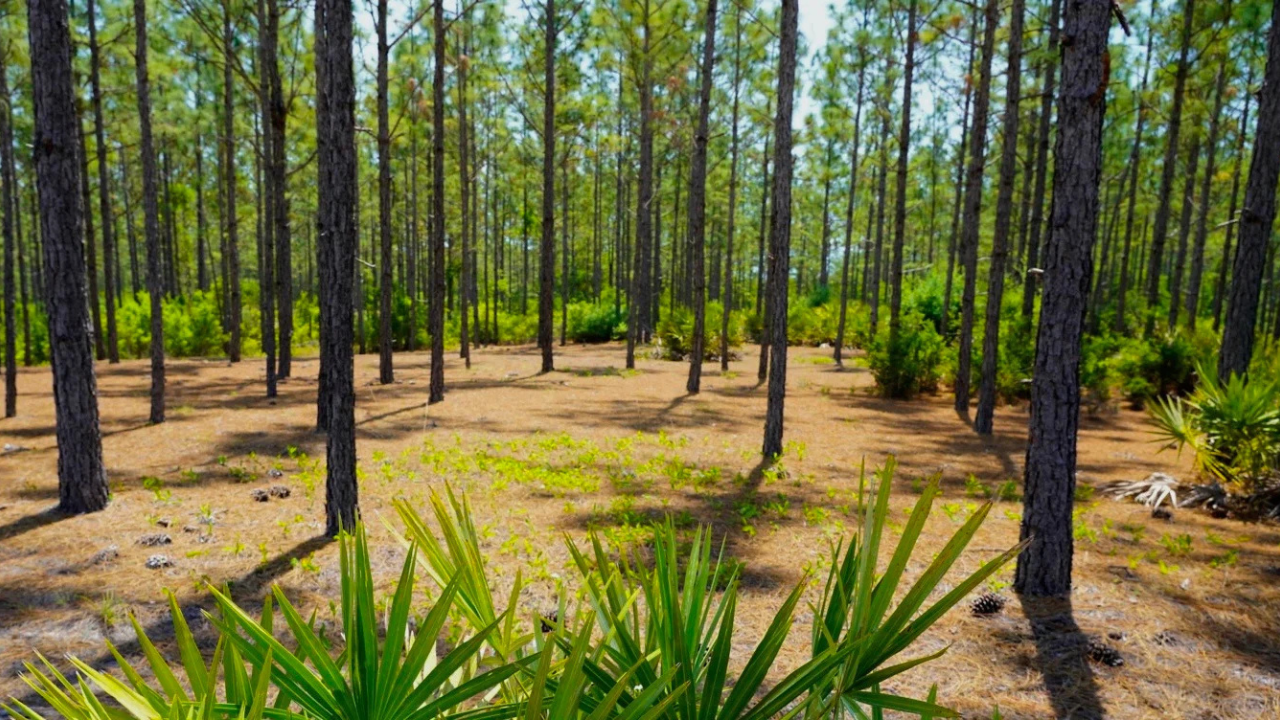In the race to combat climate change, the voluntary carbon market has emerged as a critical tool for reducing global emissions and achieving the Paris Agreement’s goal of limiting warming to 1.5 degrees Celsius. Central to this market’s credibility are carbon credits, which represent verified reductions or removals of greenhouse gases. However, the integrity of these credits hinges on robust methodologies, with dynamic baselines standing out as a scientifically rigorous approach to ensure atmospheric impact. This 2,000-word article explores the importance of dynamic baselines in carbon accounting, their role in building a trustworthy voluntary carbon market, and the urgent need for integrity in an industry under scrutiny. Drawing on recent advancements and stakeholder insights, we make a case for prioritizing science-driven solutions to deliver real climate benefits.
The Voluntary Carbon Market: Promise and Peril
The voluntary carbon market enables organizations, governments, and individuals to offset their emissions by purchasing carbon credits generated from projects like afforestation, reforestation, improved forest management (IFM), and reducing emissions from deforestation and degradation (REDD+). In 2024, the market was valued at approximately $2 billion, with projections estimating growth to $50 billion by 2030. Stakeholders, including project developers, corporations, and communities, see it as a vital mechanism to fund conservation and support vulnerable populations hit hardest by climate change.
Yet, the market has faced growing pains. Reports in 2023 and 2024, including investigations by The Guardian and Carbon Brief, questioned the integrity of some carbon credits, alleging over-crediting and negligible climate impact. These critiques have eroded trust, prompting calls for stricter standards and greater transparency. At the heart of the issue lies the methodology for calculating carbon credits, particularly the establishment of baselines—hypothetical scenarios estimating what would have happened without the project. Inaccurate baselines risk inflating credits, undermining the market’s credibility and the planet’s climate goals.
What Are Dynamic Baselines?
Dynamic baselines represent a leap forward in carbon accounting, addressing the shortcomings of traditional static baselines. Unlike static baselines, which rely on fixed assumptions about land use or emissions over time, dynamic baselines use real-time, independently sourced data to measure the additional carbon stored or emissions avoided due to a project’s intervention. This “ex-post” approach compares project outcomes to similar, unenrolled landscapes, incorporating variables like weather, market trends, and policy changes that affect both project and reference areas.
For projects like Afforestation, Reforestation, and Revegetation (ARR) and Improved Forest Management (IFM), dynamic baselines are particularly effective. They account for the complex, evolving nature of ecosystems and human activities, ensuring credits reflect true atmospheric impact. For example, the American Forest Foundation (AFF) has implemented dynamic baselines through its Family Forest Carbon Program (FFCP), demonstrating their scalability and reliability. By using standardized, third-party datasets and advanced statistical methods, dynamic baselines minimize subjective judgment, reducing the risk of over-crediting and enhancing market trust.
Why Dynamic Baselines Matter
The integrity of carbon credits depends on accurate accounting. If baselines overestimate emissions or deforestation in the absence of a project, the resulting credits exaggerate the project’s impact, leading to “phantom credits” that fail to deliver real climate benefits. Dynamic baselines address this by:
- Prioritizing Atmospheric Integrity: By measuring actual outcomes against updated, independent data, dynamic baselines ensure credits represent genuine carbon sequestration or emission reductions. This aligns with the scientific consensus that high-quality carbon accounting is the foundation of a credible market.
- Reducing Bias: Traditional baselines often rely on project developers’ models, creating a conflict of interest since developers benefit financially from credit issuance. Dynamic baselines use transparent, third-party datasets, removing subjective assumptions and enhancing objectivity.
- Adapting to Change: Ecosystems and land-use patterns are not static. Dynamic baselines incorporate real-time factors like climate variability, economic pressures, and regulatory shifts, ensuring baselines remain relevant over a project’s lifespan.
- Supporting Scalability: As the carbon market grows, dynamic baselines enable consistent, replicable methodologies across diverse regions and project types. This scalability is critical to meeting global demand for high-integrity credits.
A 2024 study by the American Carbon Registry (ACR) highlighted the precision of project-specific dynamic baselines in IFM projects, noting their ability to balance landowner practicality with buyer demand for integrity. By updating baselines regularly based on observed conditions, ACR’s approach ensures credits reflect actual management changes, not speculative projections.
The Science Behind Dynamic Baselines
Dynamic baselines leverage cutting-edge science and technology, including remote sensing, machine learning, and causal inference methods. These tools enable precise monitoring of land-use changes and carbon stocks. For instance, satellite imagery and LiDAR provide high-resolution data on forest cover, while machine learning algorithms analyze trends to distinguish project impacts from external factors. Causal inference, increasingly adopted in REDD+ evaluations, isolates the effect of interventions, ensuring additionality—the principle that credits reflect outcomes that would not have occurred without the project.
The AFF’s FFCP, launched in 2020, exemplifies this approach. By integrating data from the U.S. Forest Service and other independent sources, the program creates dynamic baselines that reflect regional forest dynamics. In 2024, AFF expanded FFCP into Ohio, offering higher payments to landowners who adopt sustainable practices, demonstrating the model’s adaptability and economic viability.
However, implementing dynamic baselines requires significant investment in data infrastructure and expertise. Funding for these innovations is critical, as is collaboration between scientists, policymakers, and market stakeholders to standardize methodologies and ensure accessibility, particularly for small-scale projects in developing countries.
Challenges and Criticisms
Despite their promise, dynamic baselines face challenges. Critics argue that their complexity and cost can exclude smaller project developers, particularly in low-income regions. The reliance on advanced technologies like satellite monitoring may also pose barriers in areas with limited infrastructure. To address this, organizations like Pachama, a U.S.-based climate tech firm, have integrated dynamic baseline technology into project evaluations, offering user-friendly platforms to streamline adoption.
Another concern is the variability in baseline methodologies. A 2024 ScienceDirect study found that REDD+ baselines varied widely across projects, with the highest estimates 14 times greater than the lowest, highlighting inconsistencies in current standards. This underscores the need for universal adoption of dynamic baselines and rigorous oversight by certification bodies like Verra and ACR.
Skeptics also question the market’s overall integrity, citing past scandals where credits were issued for projects with minimal impact. While dynamic baselines cannot single-handedly resolve these issues, they provide a scientifically grounded foundation to rebuild trust. Transparency, through public access to baseline data and methodologies, is equally vital to counter skepticism and engage stakeholders.
A Plea for Integrity
The voluntary carbon market stands at a crossroads. With the IPCC warning in March 2023 that the world is on track to miss the 1.5-degree target within a decade, the urgency to deliver credible climate solutions has never been greater. Dynamic baselines offer a path forward, but their success depends on a broader commitment to integrity across the market. This plea for integrity calls for action in three key areas:
- Investment in Innovation: Governments, corporations, and philanthropists must fund data innovations to make dynamic baselines accessible globally. This includes supporting open-source platforms and training programs for project developers in underserved regions.
- Regulatory Oversight: Certification bodies like Verra and ACR must enforce dynamic baseline standards, phasing out outdated methodologies. Independent audits and public reporting can further enhance accountability.
- Stakeholder Collaboration: Project developers, buyers, and communities must align on shared goals, prioritizing atmospheric integrity over short-term profits. Engaging local communities, particularly those most affected by climate change, ensures projects deliver social and environmental co-benefits.
The AFF’s experience with FFCP illustrates the power of collaboration. By involving landowners, scientists, and corporate buyers, the program has scaled high-integrity credits while supporting rural economies. Similarly, ACR’s project-specific dynamic baselines balance practicality for landowners with rigor for buyers, proving that integrity and scalability can coexist.
The Broader Implications
Dynamic baselines are not just a technical fix; they are a moral imperative. Communities on the frontlines of climate change—often Indigenous groups and smallholder farmers—depend on the carbon market for funding to protect their lands and livelihoods. Over-crediting or weak methodologies betray their efforts, diverting resources from genuine solutions. By contrast, dynamic baselines empower these communities by ensuring their projects are accurately valued, fostering trust and long-term investment.
Beyond climate, the principles of dynamic baselines—transparency, adaptability, and scientific rigor—offer lessons for other industries. From corporate ESG reporting to public policy, the emphasis on real-time, data-driven accountability can drive systemic change. As the carbon market matures, it can set a precedent for how global challenges are tackled with integrity.
Looking Ahead
The voluntary carbon market’s potential to curb global warming is immense, but only if it delivers on its promise of real, measurable impact. Dynamic baselines are a cornerstone of this vision, providing a scientifically robust method to ensure credits reflect true atmospheric benefits. Yet, their adoption requires bold action: investment in technology, stricter regulations, and a collective commitment to integrity.
As we approach 2030, the stakes could not be higher. The communities most vulnerable to climate change, from coastal villages to forest-dwelling tribes, cannot afford a market that prioritizes profit over planet. Nor can the world afford to miss its climate targets due to flawed accounting. Dynamic baselines, backed by a plea for integrity, offer a blueprint for a market that works—for people, nature, and the future.
By embracing dynamic baselines, we can build a voluntary carbon market that not only scales to meet global demand but also restores trust in climate solutions. This is more than a technical challenge; it is a call to action for all stakeholders to uphold the highest standards of honesty, accountability, and purpose. The planet deserves nothing less.




